
Ebu Gogo is a small hairy human-like creature from the mythology of the people of the
The people of
So could these little people be the hobbit “Homo floresiensis” whose bones were discovered by scientists in a cave on the island? Could their descendants still be alive ?
The following article Source: Daily Telegraph Date: 28 October 2004
Richard Roberts, discoverer of the Hobbit, says local tales suggest the species could still exist. When I was back in Flores earlier this month we heard the most amazing tales of little, hairy people, whom they called Ebu Gogo - Ebu meaning grandmother and Gogo meaning 'he who eats anything'. The tales contained the most fabulous details - so detailed that you'd imagine there had to be a grain of truth in them. One of the village elders told us that the Ebu Gogo ate everything raw, including vegetables, fruits, meat and, if they got the chance, even human meat. When food was served to them they also ate the plates, made of pumpkin - the original guests from hell . The villagers say that the Ebu Gogo raided their crops, which they tolerated, but decided to chase them away when the Ebu Gogo stole - and ate - one of their babies. They ran away with the baby to their cave which was at the foot of the local volcano, some tens of metres up a cliff face. The villagers offered them bales of dry grass as fodder, which they gratefully accepted. A few days later, the villagers went back with a burning bale of grass which they tossed into the cave. Out ran the Ebu Gogo, singed but not fried, and were last seen heading west, in the direction of Liang Bua, where we found the Hobbit, as it happens.
When my colleague Gert van den Bergh first heard these stories a decade ago, which several of the villages around the volcano recount with only very minor changes in detail, he thought them no better than leprechaun tales until we unearthed the Hobbit. (I much prefer Ebu as the name of our find but my colleague Mike Morwood was insistent on Hobbit.).The anatomical details in the legends are equally fascinating. They are described as about a metre tall, with long hair, pot bellies, ears that slightly stick out, a slightly awkward gait, and longish arms and fingers - both confirmed by our further finds this year. They [the Ebu Gogo] murmured at each other and could repeat words [spoken by villagers] verbatim. For example, to 'here's some food', they would reply 'here's some food'. They could climb slender-girthed trees but, here's the rub, were never seen holding stone tools or anything similar, whereas we have lots of sophisticated artefacts in the H. floresiensis levels at Liang Bua. That's the only inconsistency with the Liang Bua evidence. The women Ebu Gogo had extremely pendulous breasts, so long that they would throw them over their shoulders, which must have been quite a sight in full flight. We did ask the villagers if they ever interbred with the Ebu Gogo. They vigorously denied this, but said that the women of Labuan Baju (a village at the far western end of
A local eruption at Liang Bua (in western
Richard "Bert" Roberts is a
There is also this extract from a larger article also 2004:
Chief Epiradus Dhoi Lewa has a strange tale to tell. Sitting in his bamboo and wooden home at the foot of an active volcano on the remote Indonesian
Interesting isn’t it? Could the chief be trying to attract more researchers or even tourists to the area or do they genuinely believe the Ebu Gogo still exist on the island. If they still exist what a find that would be for crypto zoology and science. A question that occurs to me is could they also have existed in other places in the world and could the orang pendek be a relative?

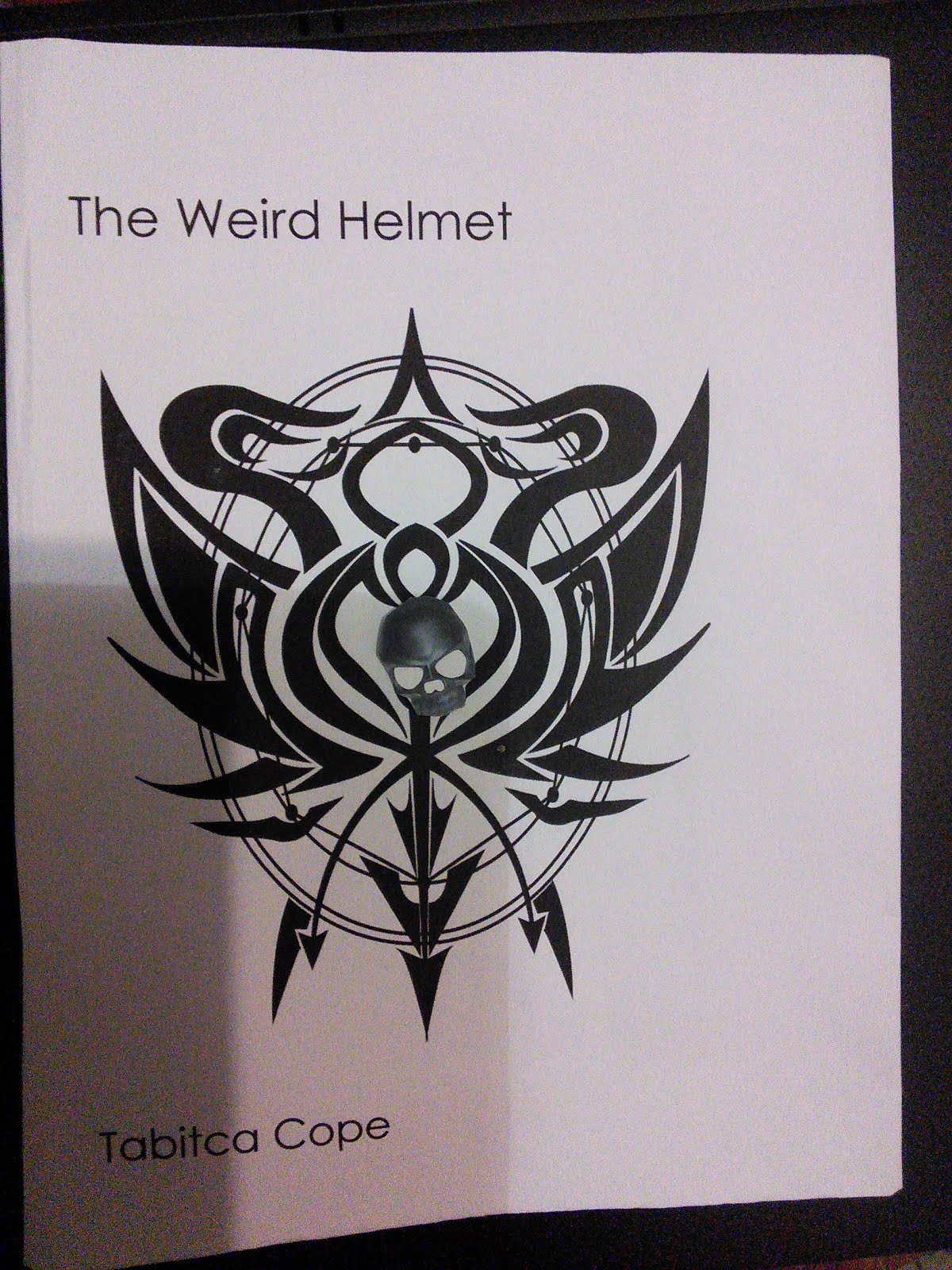

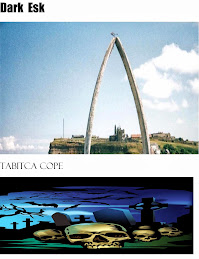
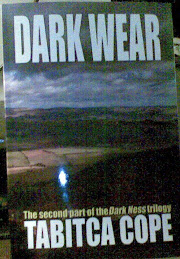


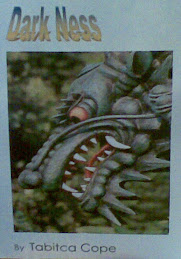
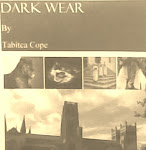












No comments:
Post a Comment